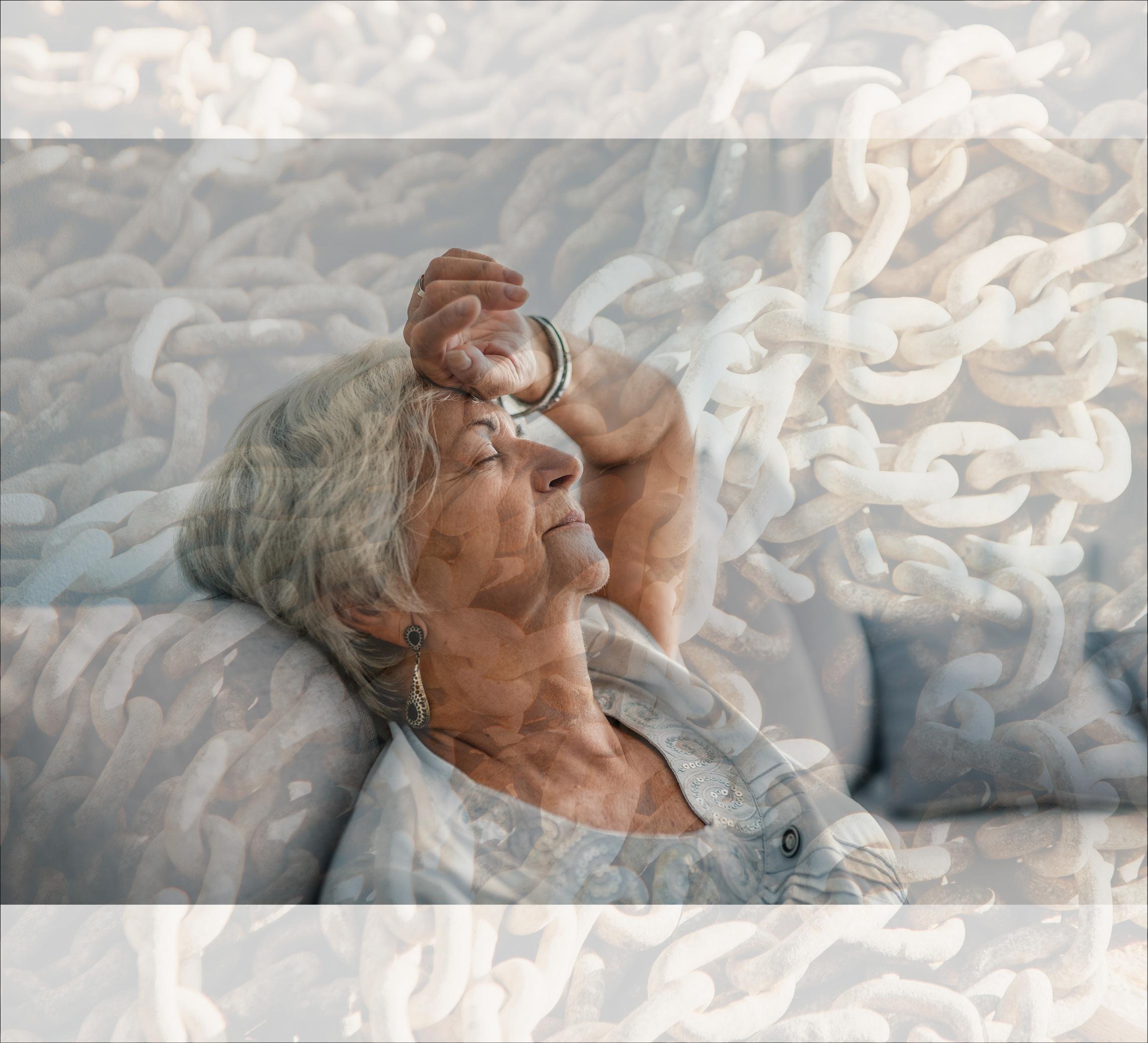Article previously published in the Cutaneous Lymphoma Foundation's Forum 2014 Issue 2 newsletter.
For many individuals with cutaneous lymphoma, quality of life is directly related to the current condition of their skin. Daily routine often revolves around finding relief from itch or caring for lesions to prevent the development of infection. There are many ways that patients can improve their lives with simple at-home solutions; educating yourself about these tips can be extremely beneficial in improving your quality of life.
Sudden worsening of pain, itching or appearance of lesions can be a sign of infection. Check with your doctor if you have sudden worsening of your CTCL.
Plaques and tumors may become ulcerated with some treatment (including radiation) or even without treatment. It’s important to keep them clean to prevent infection.
If you are receiving radiation therapy, check with your provider about specific wound care instructions.
Care Materials:
- Telfa non-adherent pads - come in varying sizes. You can always cut the larger ones down to the size you need.
- Tape – Use sparingly on skin. Silk tape may work better than the paper tape but may be more irritating. You will have to try different tapes to find which one holds the Telfa pad over the ointmented lesion the best without harming surrounding skin.
- Elastinet Tubular Elastic Net Dressing Retainer - these come in varying sizes from torso to arm and leg widths. Be sure not to hold bandages on with a tubular net that’s too tight and cuts off circulation.
- Topical Antibiotics - use as directed by your doctor. If you are concerned a lesion is infected, do not wait – go right to your dermatologist/oncologist.
- Topical Anesthetics (Lidocaine, Xylocaine) - use as directed by your doctor. Aids in temporary pain management, however pain relief is brief. A good time to use is during dressing changes. Topical anesthetics should be used sparingly so as not to cause arrhythmia.
To keep lesions clean:
Use topical anesthetic (as prescribed by your doctor) if needed, wait 5-10 minutes until numb, and then wash with a gentle soap and water or saline. Gently remove any old ointment or dead/necrotic tissue with a clean washcloth.
To dress lesions:
- After cleaning, apply a thin layer of ointment (if prescribed by your doctor) directly on the lesion.
- For ulcerative lesions/plaques - cover lightly/gently with a non-stick/non adherent Telfa pad or other dressing as prescribed by your doctor.
- For multiple lesions, avoid using tapes on the skin to hold the Telfa pads in place. Instead, the elastinet tubular netting is recommended. Be careful to use the correct size of tubular net so as to avoid cutting off circulation or putting too much pressure on the lesions.
- If you do use tape, use sparingly, trying not to cover too much skin with it.
- Do lesion care dressing changes whenever the dressings soak through or as recommended by your doctor.
If a bandage is stuck to a lesion:
- Soak a clean washcloth or towel in warm water in the sink or in a plastic tub.
- Lay the warm, wet cloth over the stuck bandage.
- Let it sit for a while. Be sure the cloth is soaking wet with warm water.
- You may need to repeat this several times.
- Remove the cloth and gently rub a loose edge of the pad/bandage back and forth, a little at a time, to gently lift it off the ulcerative lesion/plaque a little bit at a time.
- If it’s still stuck – DO NOT RIP THE BANDAGE OFF LIKE A BANDAID- Repeat the warm cloth soak until the bandage can be gently removed.
This article is informative only. Always consult with your doctor or health care specialist for medical advice.


